Fine needle aspiration biopsy (FNAB) is a diagnostic procedure that uses a thin needle to obtain cellular material for microscopic examination. It is commonly applied in the evaluation of suspicious nodules or masses.
FNAB is widely used in thyroid, breast, lymph node, and salivary gland lesions. It helps distinguish benign from malignant conditions with high accuracy and minimal invasiveness.
The procedure is often performed under ultrasound guidance to ensure precise sampling. This reduces complications and improves diagnostic yield compared to blind aspiration.
FNAB is safe, quick, and cost-effective. It avoids unnecessary surgery in benign cases while ensuring timely treatment planning in malignant diseases.

Prof. Dr. Özgür KILIÇKESMEZ
Interventional Radiology / Interventional Neuroradiology
Prof. Dr. Kılıçkesmez holds the Turkish Radiology Competency Certificate, the Turkish Interventional Radiology Competency Certificate, Stroke Treatment Certification, and the European Board of Interventional Radiology (EBIR). In his academic career, he won the Siemens Radiology First Prize in 2008.
What is Fine Needle Aspiration Biopsy?
Fine Needle Aspiration Biopsy, or FNAB, literally means “sampling by aspirating with a thin needle.” With a needle about as thin as a grain of rice, cell samples are drawn from any abnormal mass or swelling in the body. These samples are then examined under a microscope to understand the nature of the lesion.
You can think of it like drawing a small amount of contents from a pouch filled with seeds or fluid, using a syringe—without having to open or empty the whole pouch. This approach helps clinicians obtain vital diagnostic information with minimal stress on the patient’s body.
How is Fine Needle Aspiration Biopsy Performed?
FNAB is typically performed as a short, outpatient procedure. Here’s an overview of the main steps:
Patient Preparation
- The patient’s medical history, especially any use of blood thinners or bleeding disorders, is reviewed.
- Usually, no special diet or long fasting is required. If mild sedation or relaxing medication is planned, short-term fasting (4–6 hours) may be necessary.
**Positioning**
- The patient is positioned based on the area to be sampled.
- For example, for a neck mass, the patient lies on their back with the neck extended. For chest biopsies, both supine and lateral positions may be used. Imaging tools such as ultrasound often guide the procedure.
**Skin Preparation and Local Anesthesia**
- The biopsy site is cleaned with an antiseptic solution to minimize infection risk.
- Since very fine needles are used, local anesthesia is often unnecessary; however, in sensitive areas, a small amount may be applied for comfort.
**Needle Insertion and Sampling**
- A fine, hollow needle (usually 22–27 gauge) is advanced into the mass.
- Gentle suction is applied with a syringe, drawing cellular material into the needle.
- Sometimes, the needle is gently moved back and forth within the mass to improve sample quality.
**Sample Preparation**
- The collected fluid or cells are carefully spread as a thin layer onto microscope slides.
- The slides are air-dried or fixed in a solution to preserve cell structures.
- In some centers, a quick on-site evaluation (“ROSE”) is performed to ensure sample adequacy.
**Post-Procedure Care**
- Pressure is applied briefly after needle withdrawal to minimize bleeding.
- The site is covered with a small bandage, and patients are usually observed briefly before discharge.
What Are the Main Indications for FNAB?
FNAB is a versatile diagnostic tool for sampling masses in various parts of the body, including:
Thyroid Nodules: For distinguishing between benign and malignant thyroid lumps.
Breast Masses: To clarify whether a suspicious area is cancerous, especially after imaging findings.
Lymph Nodes: To determine if enlarged nodes are due to infection, immune disorders, or cancer.
Salivary Glands and Head-Neck Region: For any mass in these regions, to differentiate tumors, infections, or other causes.
Lung and Deep Organ Lesions: Especially with image guidance, to sample masses deep within the chest or abdomen.
Liver, Kidney, and Pancreas Masses: Especially for lesions inside these organs, reducing surgical risks.
Soft Tissue and Bone Marrow Evaluations: To confirm cancer or inflammation in soft tissues or bone marrow (the latter with a slightly different technique).
How Does FNAB Assist in Cancer Diagnosis?
The cancer diagnostic process is multi-step. Imaging techniques may reveal a suspicious mass, but FNAB provides the next critical step: cellular characterization.
Rapid Cellular Diagnosis: Cancer cells often appear more irregular and have atypical nuclei or evidence of uncontrolled division.
Molecular Analysis: When necessary, FNAB samples can be used for genetic and molecular tests, such as checking hormone receptor or HER2 status in breast cancer.
Repeatability: Especially useful in monitoring metastatic or recurring disease, since FNAB can be safely repeated.
Metastatic Site Evaluation: FNAB can distinguish whether a mass in a lymph node is metastatic cancer or another tissue.
Role in Infections and Inflammatory Diseases
FNAB is not just for cancer. It is also valuable in:
Tuberculosis (TB): For persistent lymph node swelling, FNAB can confirm the diagnosis and allow microbiological culture.
Parasitic and Fungal Infections: Helps quickly identify less common infectious agents, especially in immunocompromised patients.
Inflammatory Diseases: For example, FNAB can support the diagnosis of Hashimoto’s thyroiditis.
Advantages of Fine Needle Aspiration Biopsy
Key benefits include:
Minimally Invasive: Less tissue damage than larger needle or surgical biopsies; most patients quickly return to daily life.
Fast and Economical: Samples are easily prepared for microscopic examination, saving time and cost.
Repeatability: If additional or higher-quality samples are needed, FNAB can be repeated.
Low Pain and Complication Rate: Usually only minor discomfort; bleeding and infection risks are rare.
When Is FNAB Not Preferred?
Some situations where FNAB may not be ideal:
Bleeding Disorders: If the patient has uncontrolled bleeding, precautions or adjustments are required.
Highly Vascular Masses: Biopsy of masses near major vessels may pose higher bleeding risk; risk assessment and imaging are needed.
When Larger Samples Are Needed: In some lymphomas or when tissue architecture is crucial, a core needle biopsy may be preferable.
What Should Patients Expect During and After the Procedure?
**During:**
- Mild needle prick sensation; if local anesthesia is used, numbness at the entry site.
- Procedure takes only a few minutes, often with real-time imaging guidance.
**After:**
- Most patients return to daily life after brief observation.
- Mild tenderness or swelling may occur, usually resolving within hours or a day or two.
- Pain, if present, is usually minimal and controlled with simple painkillers.
**Results:**
- Pathologists review the samples under a microscope. Results are generally available in a few days to a week.
- Findings are classified as benign, malignant, or suspicious; sometimes further testing is needed.
Potential Complications of FNAB
FNAB is considered a very safe procedure, but possible risks include:
Bleeding and Bruising: Usually mild and self-limited.
Infection: Rare with proper sterile technique; see a doctor if redness, pain, or discharge occurs.
Inadequate Sample: Sometimes insufficient material is collected; the procedure may be repeated or a different biopsy performed.
Rare Risks: In large or highly vascular lesions, significant bleeding or damage is possible—ultrasound guidance minimizes this risk.
How Should Patients Prepare for FNAB?
Generally, FNAB requires little preparation, but note the following:
Blood Thinners: Inform your doctor if you use aspirin, warfarin, or other anticoagulants—dosages may need to be adjusted or stopped briefly.
Fasting: Not required unless sedation or other procedures are planned.
Comfortable Clothing: Especially for neck or chest biopsies, loose clothes are preferred; remove jewelry or valuables if possible.
How Are Results Interpreted and What Happens Next?
FNAB results are classified based on cell appearance (e.g., “Bethesda System” for thyroid). – **Benign:** No serious disease; routine monitoring may be advised. – **Malignant:** Cancer or cancer potential is present; referral to oncology or surgery for further treatment planning. – **Suspicious or Inadequate:** Repeat FNAB or a different biopsy may be needed; sometimes advanced genetic tests or more imaging are required. – **Infection/Inflammation:** Findings may indicate specific microbes or immune reactions, guiding targeted therapy.
What Is Recovery Like After FNAB?
Most patients resume their usual activities the same day. Some helpful tips:
Bandage Care: Keep the area clean and dry.
Pain Management: Use mild painkillers if needed.
Activity: Avoid strenuous activity the day of the procedure; return to normal routines the next day.
Infection Signs: See a doctor if fever, increased swelling, redness, or discharge occur.
FAQ
**Is FNAB a painful procedure?** No; the fine needles used cause minimal pain. Only a mild prick is usually felt.
How soon will I get results?
Typically 2–7 days, depending on lab workload and any special tests required.
Are there serious risks like fainting or major complications?
Very rare. FNAB is a local procedure with an excellent safety profile. Mild sedation can be provided for anxious patients.
Can the sampled cells accidentally spread cancer?
Cell spread along the needle tract is extremely rare with the fine needles used for FNAB.
Can FNAB be performed during pregnancy?
Yes, especially under ultrasound guidance (no radiation); it is generally safe in pregnancy, but individual assessment and doctor guidance are essential.

Interventional Radiology and Neuroradiology Speaclist Prof. Dr. Özgür Kılıçkesmez graduated from Cerrahpaşa Medical Faculty in 1997. He completed his specialization at Istanbul Education and Research Hospital. He received training in interventional radiology and oncology in London. He founded the interventional radiology department at Istanbul Çam and Sakura City Hospital and became a professor in 2020. He holds many international awards and certificates, has over 150 scientific publications, and has been cited more than 1500 times. He is currently working at Medicana Ataköy Hospital.

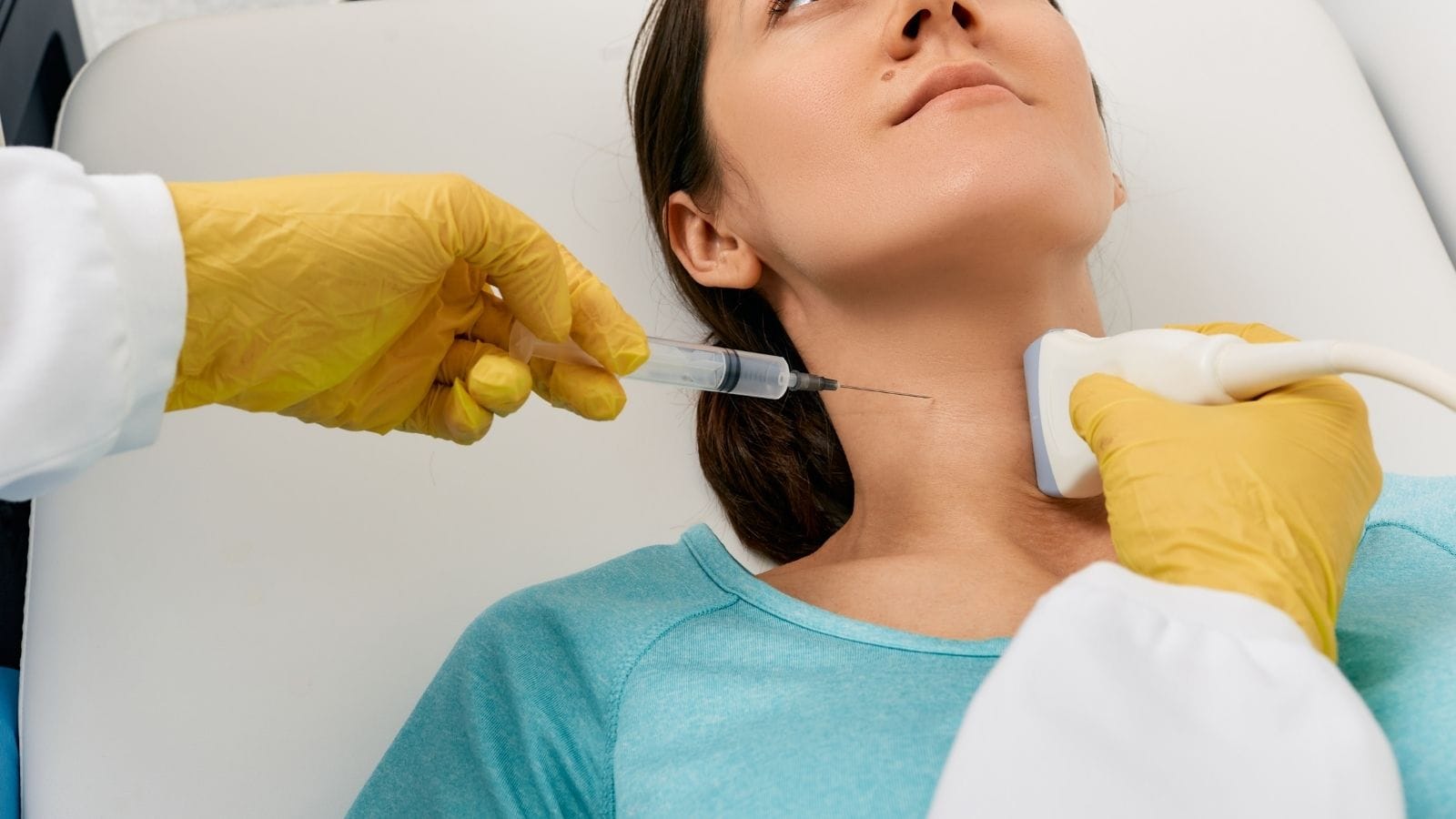
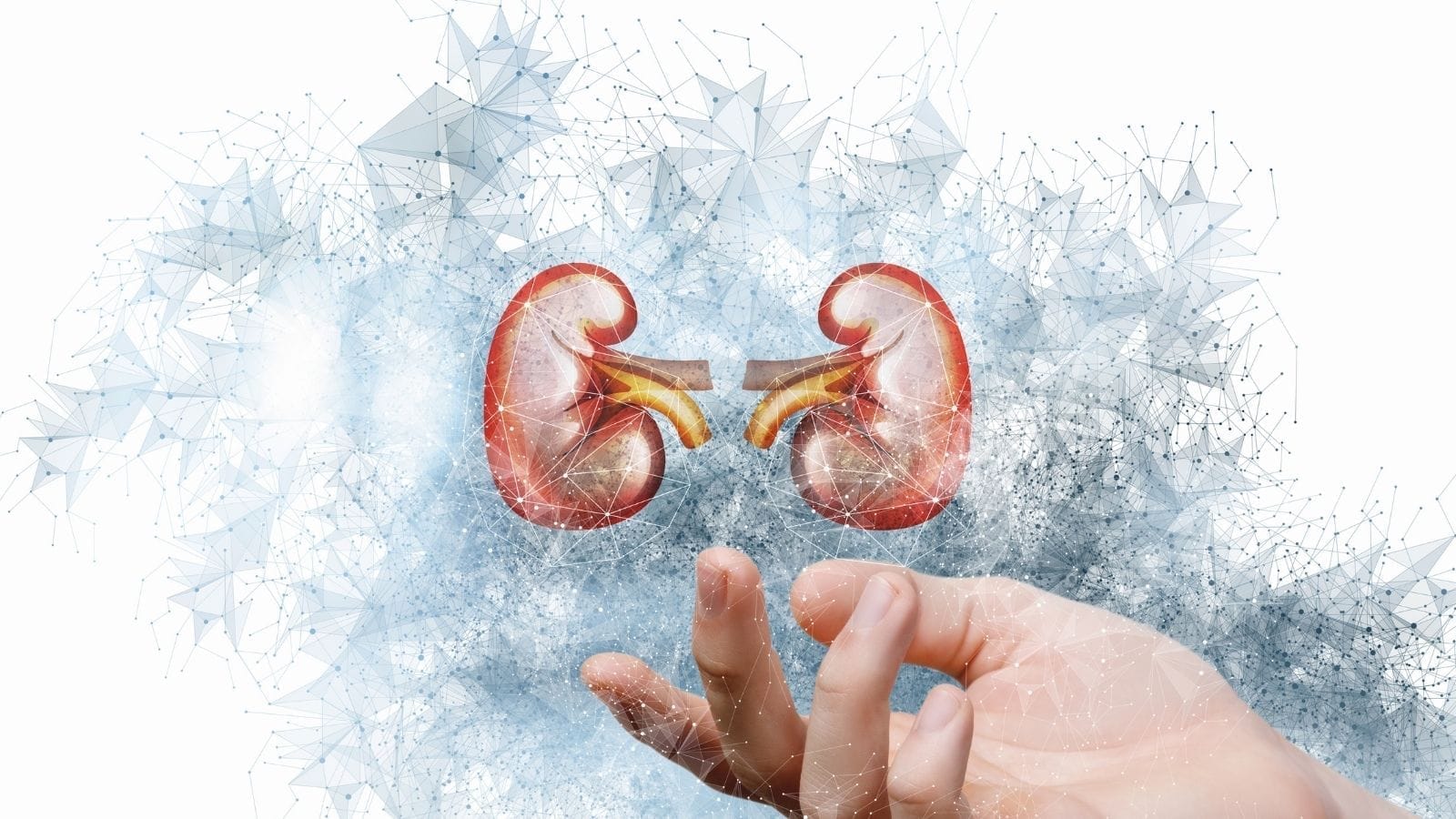
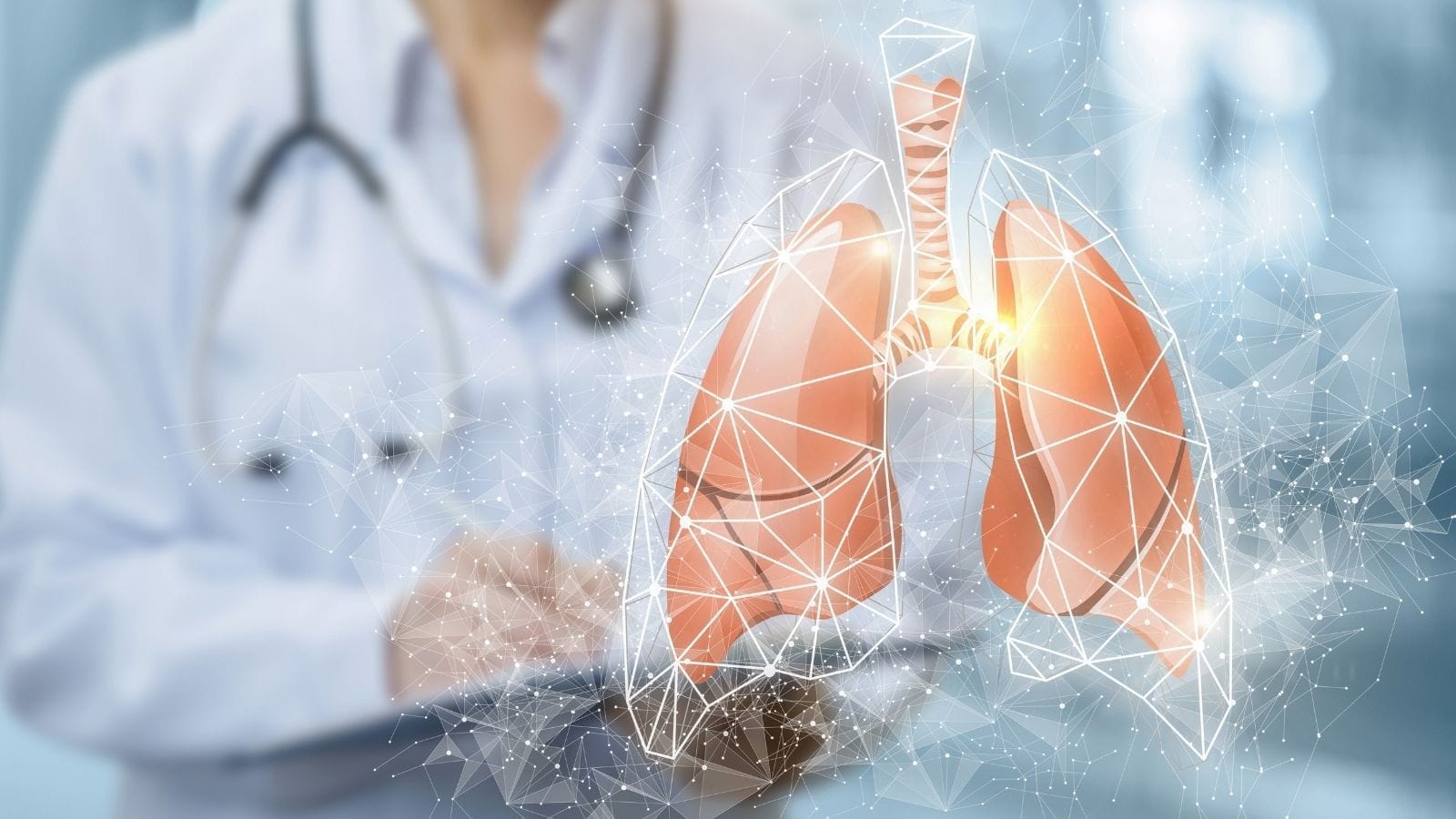
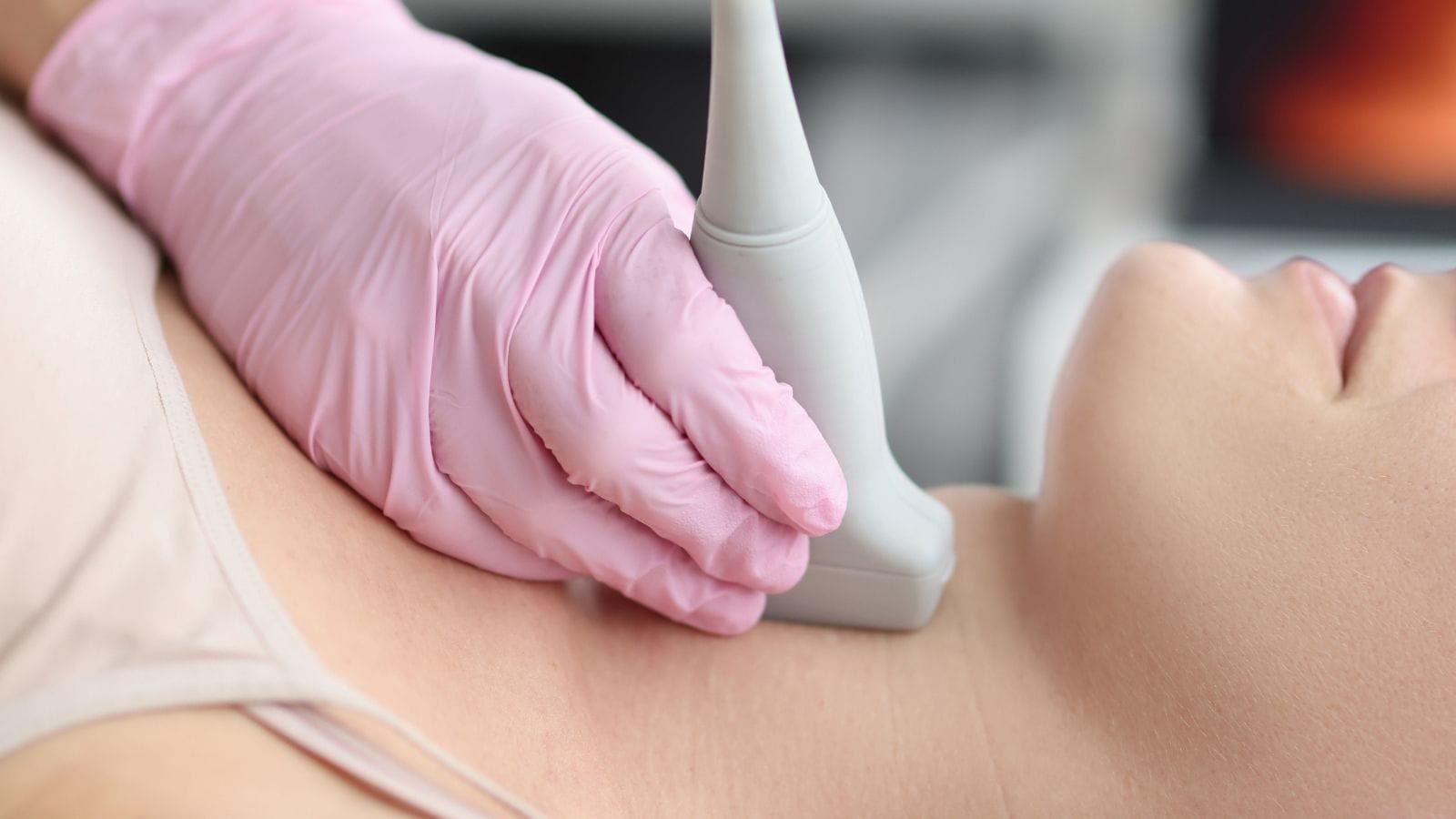
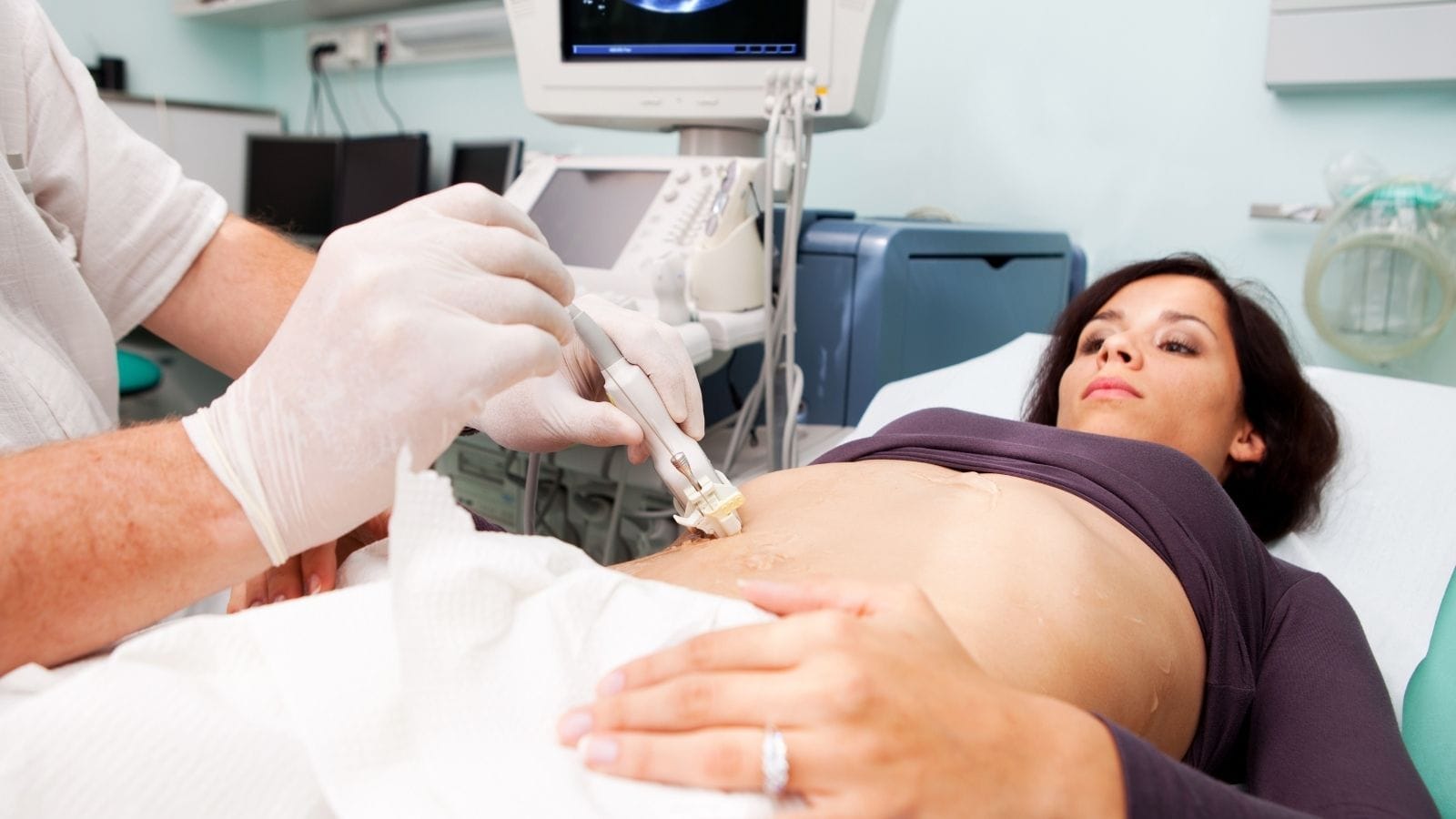
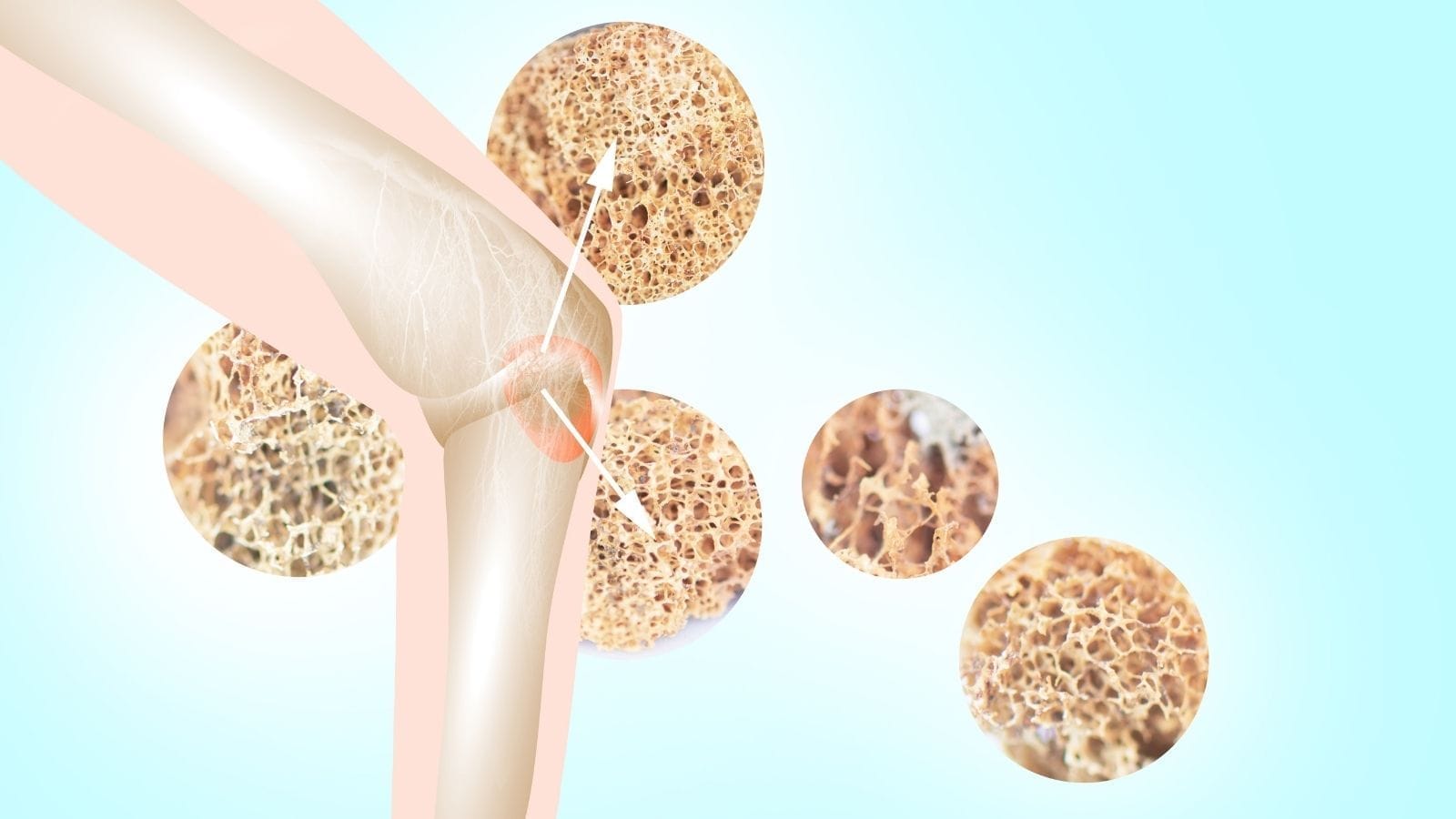
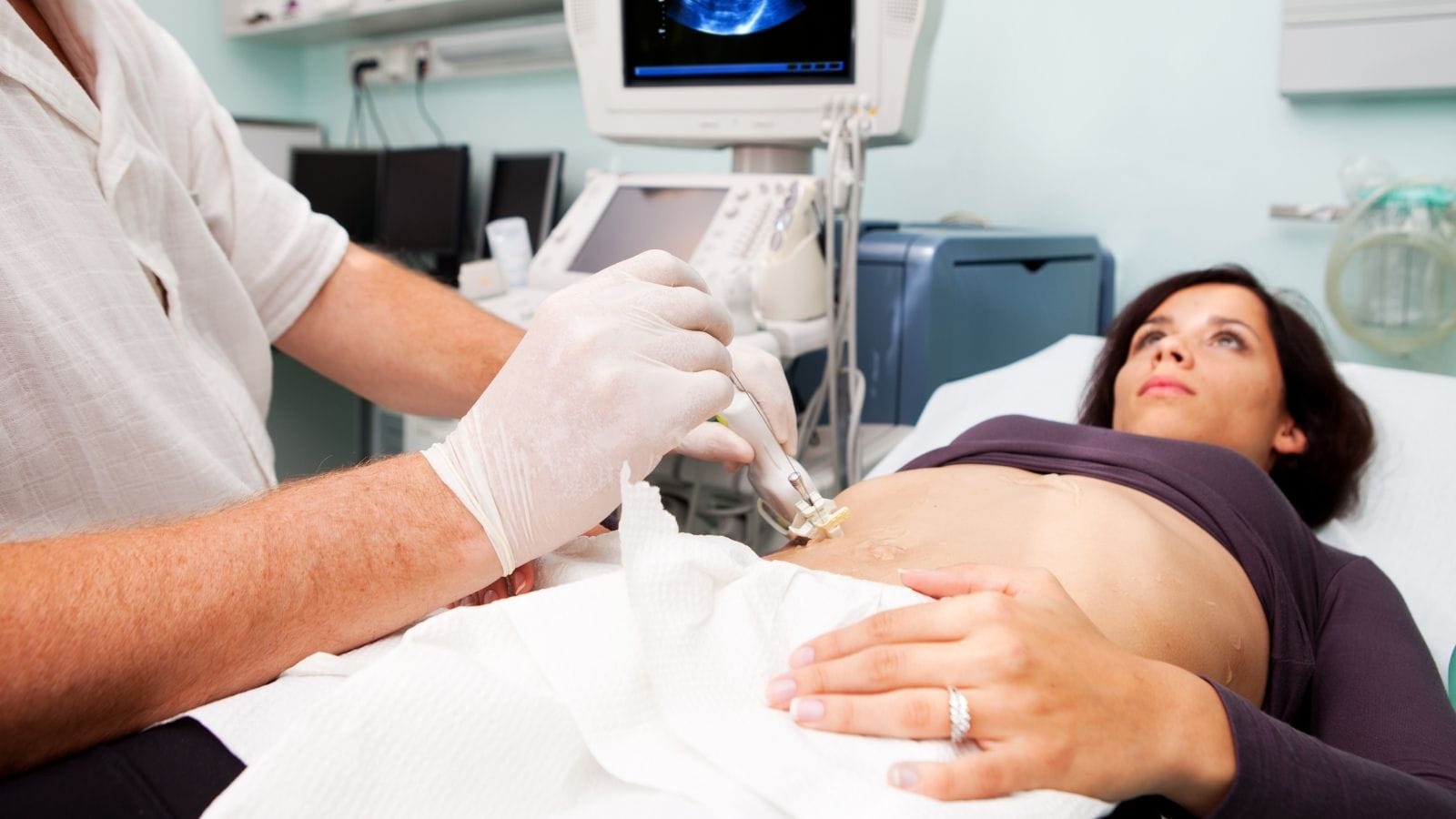

Vaka Örnekleri